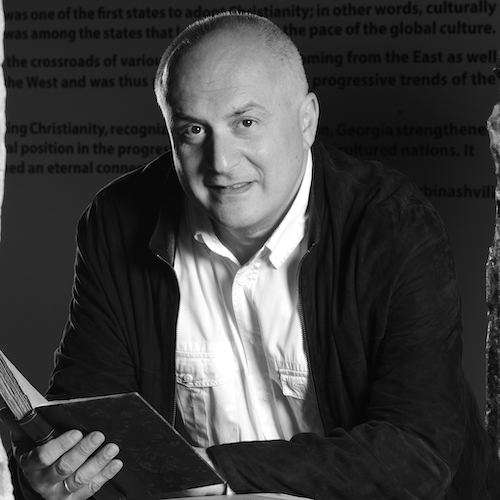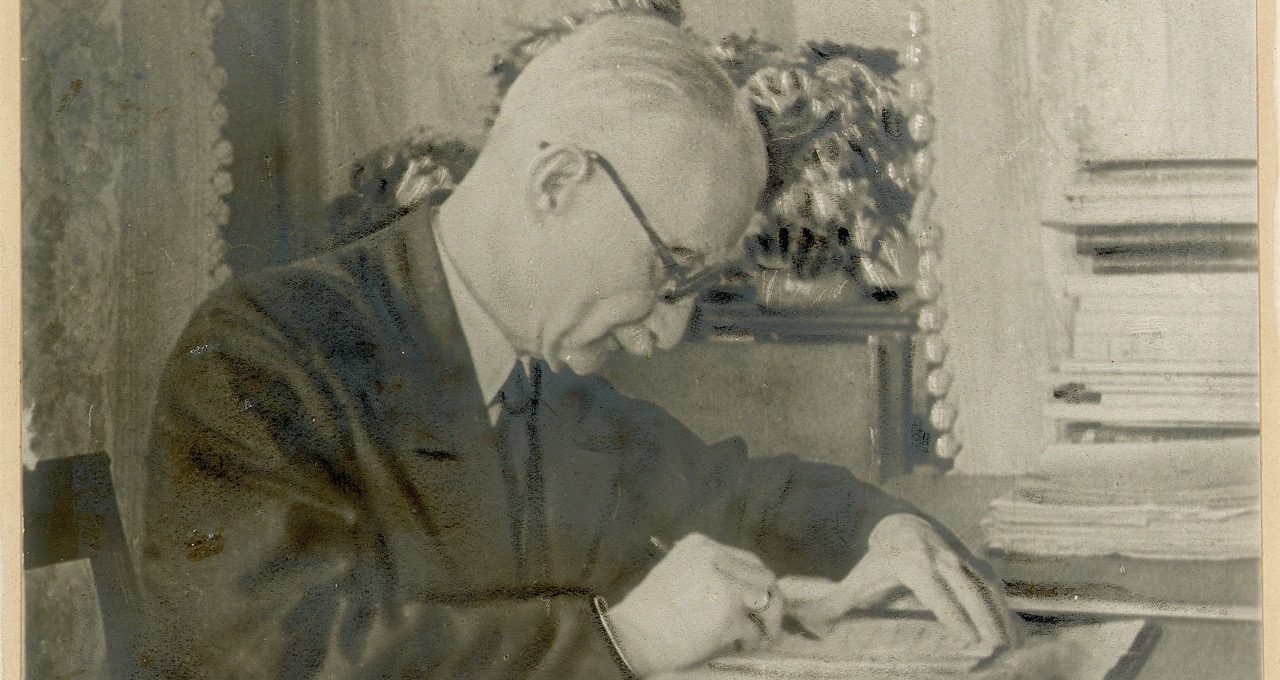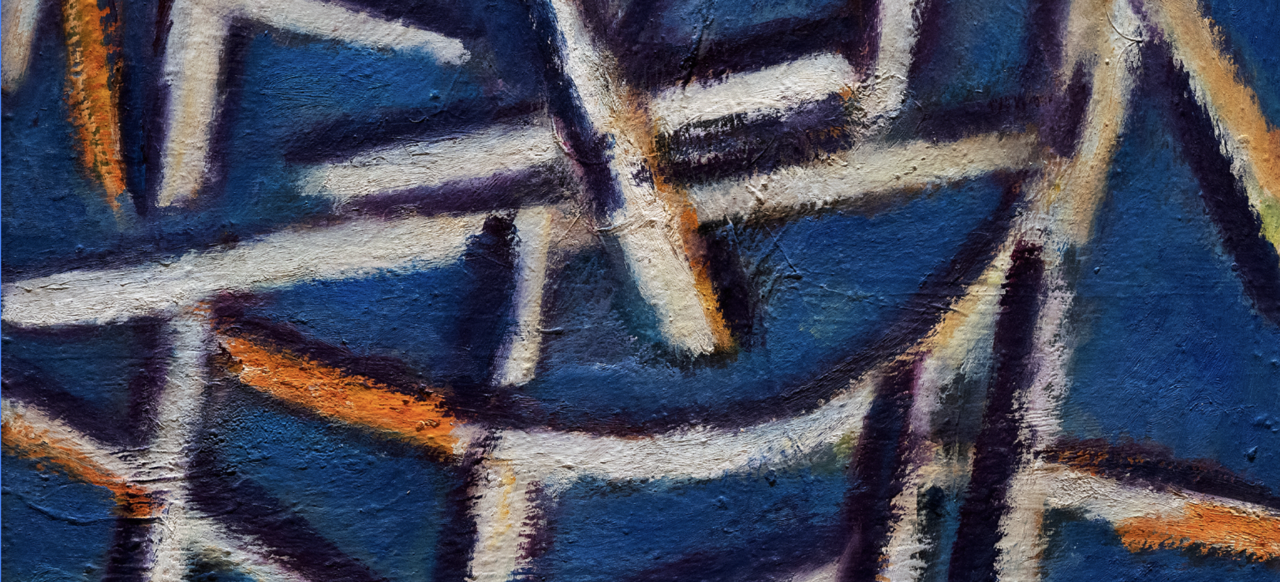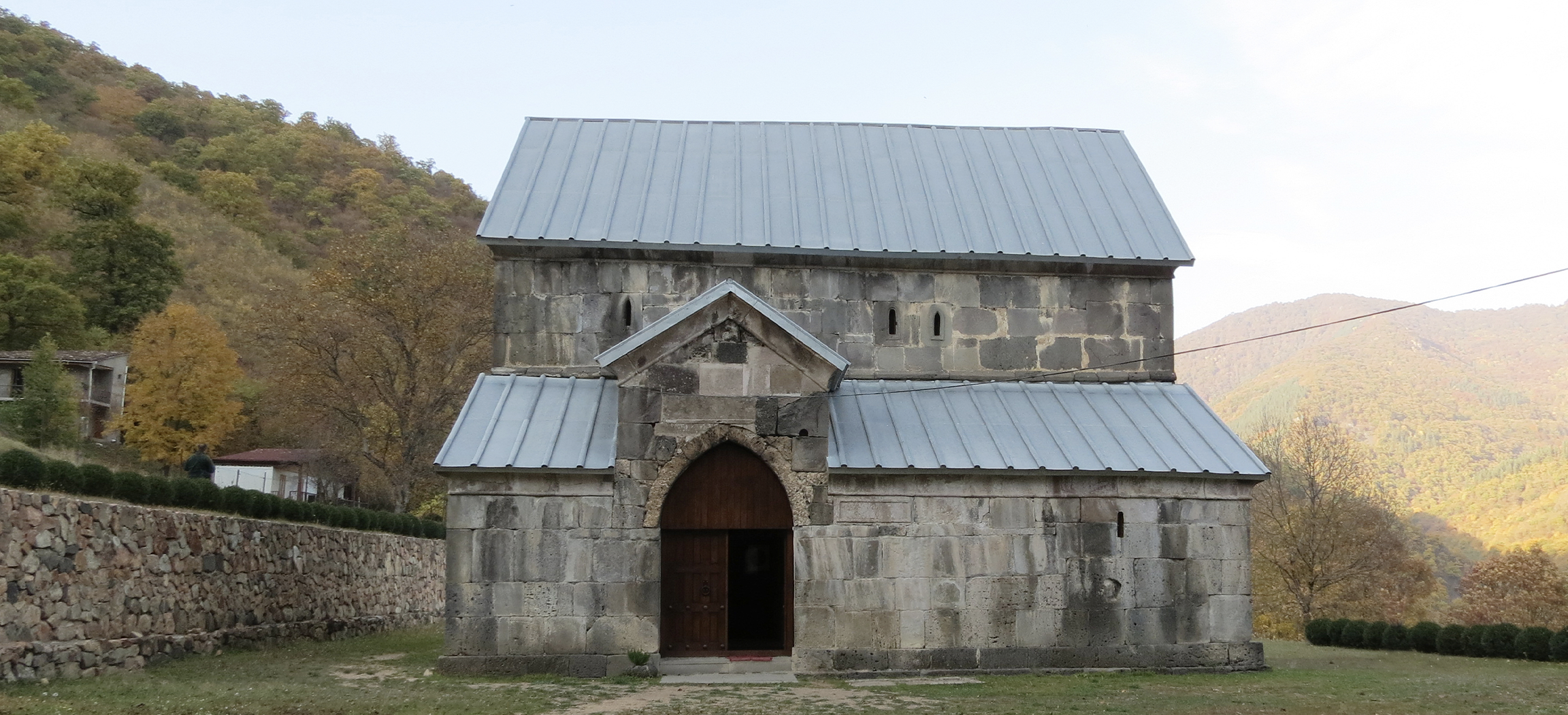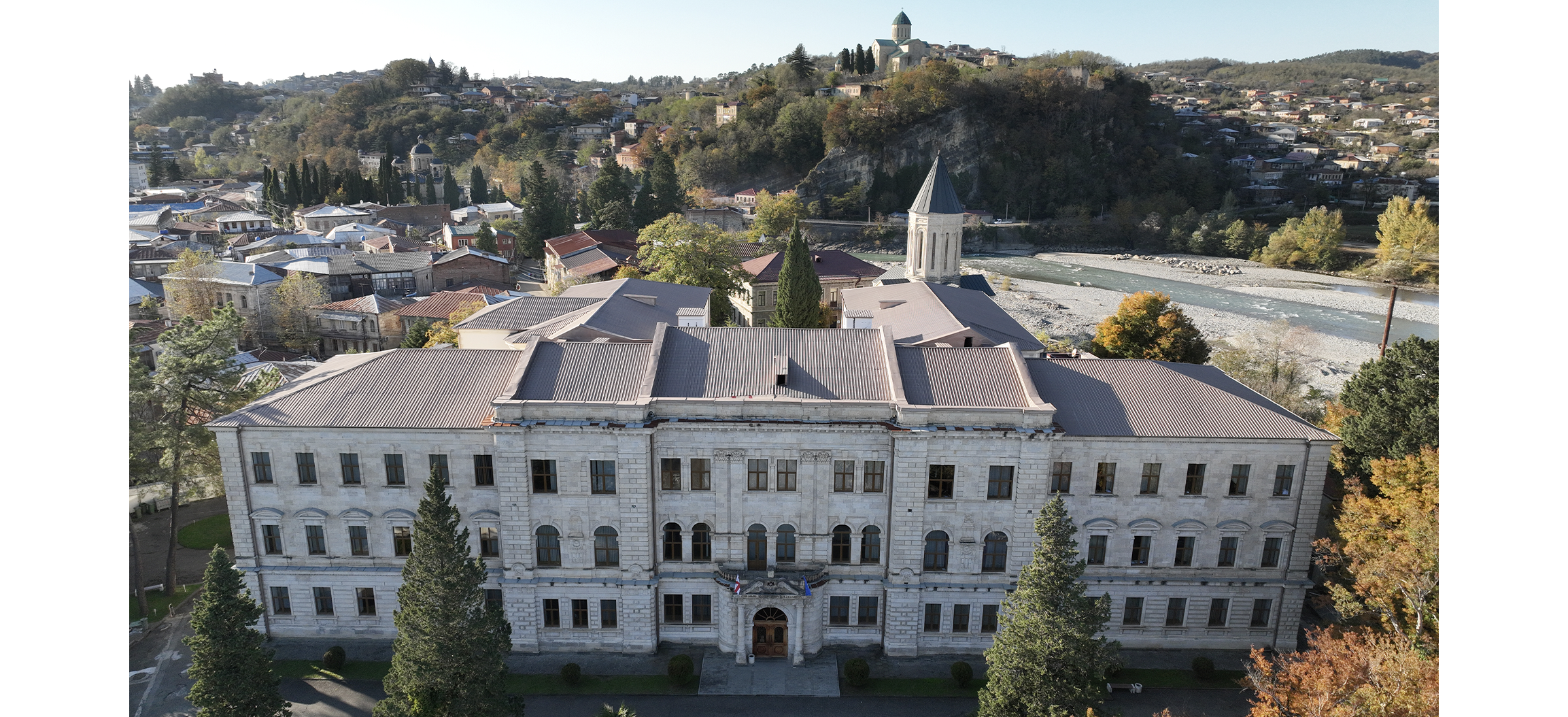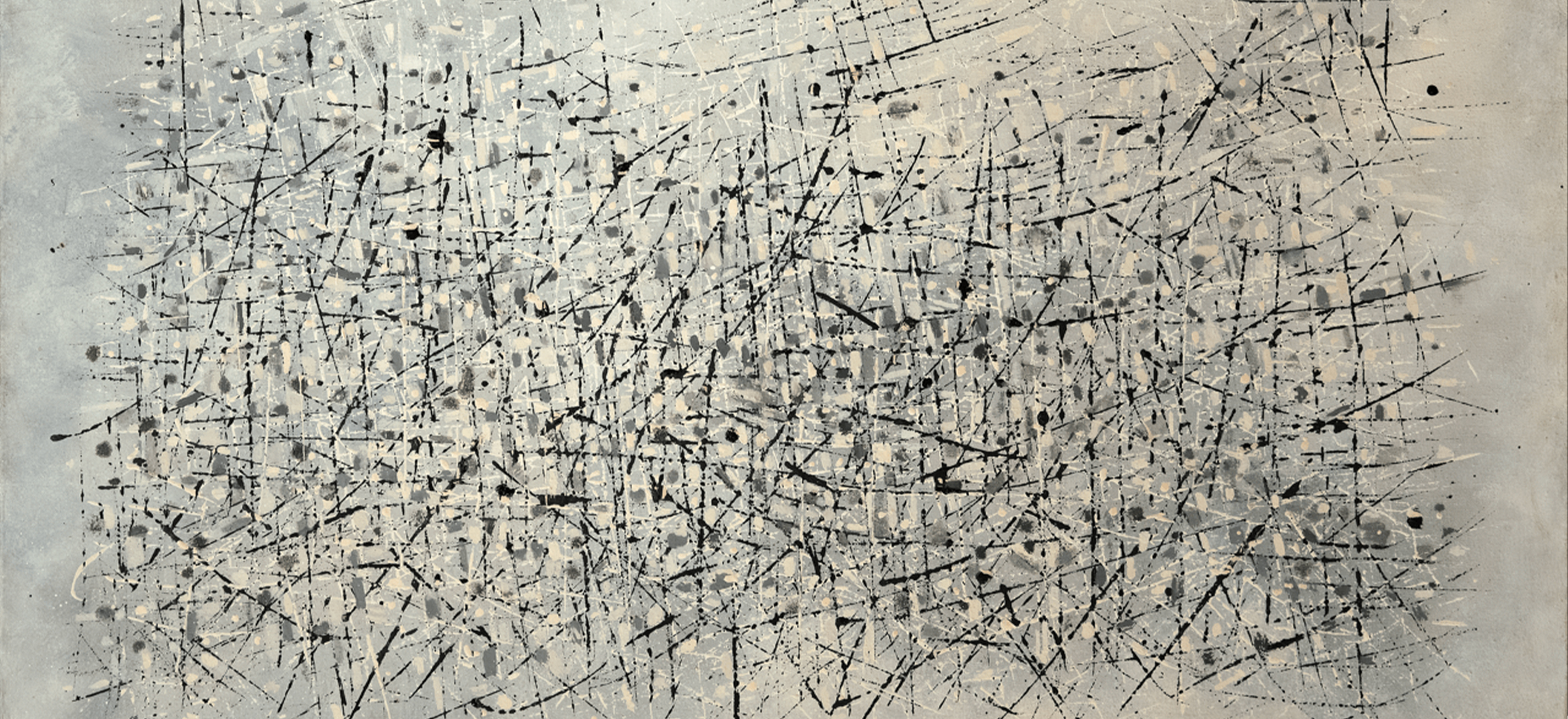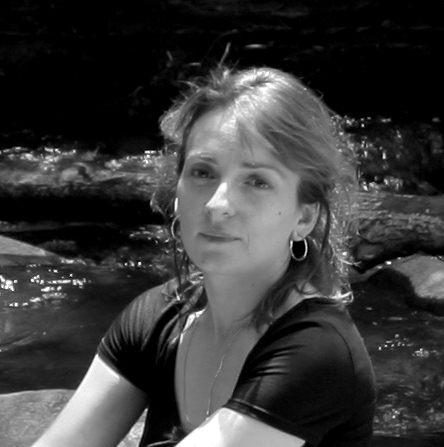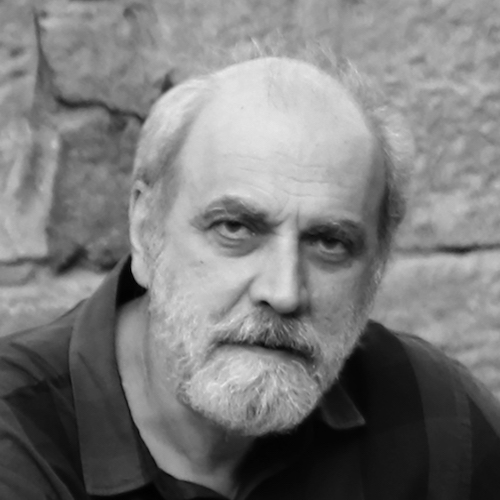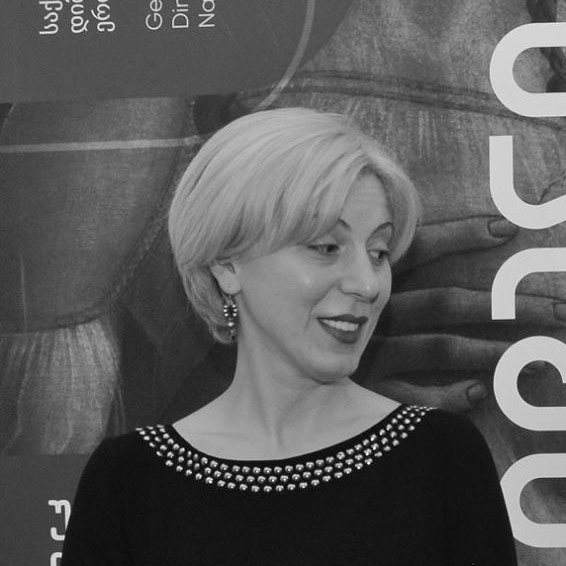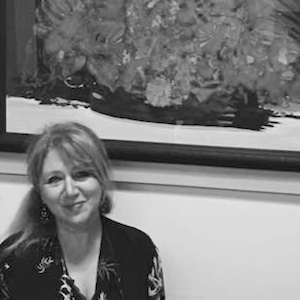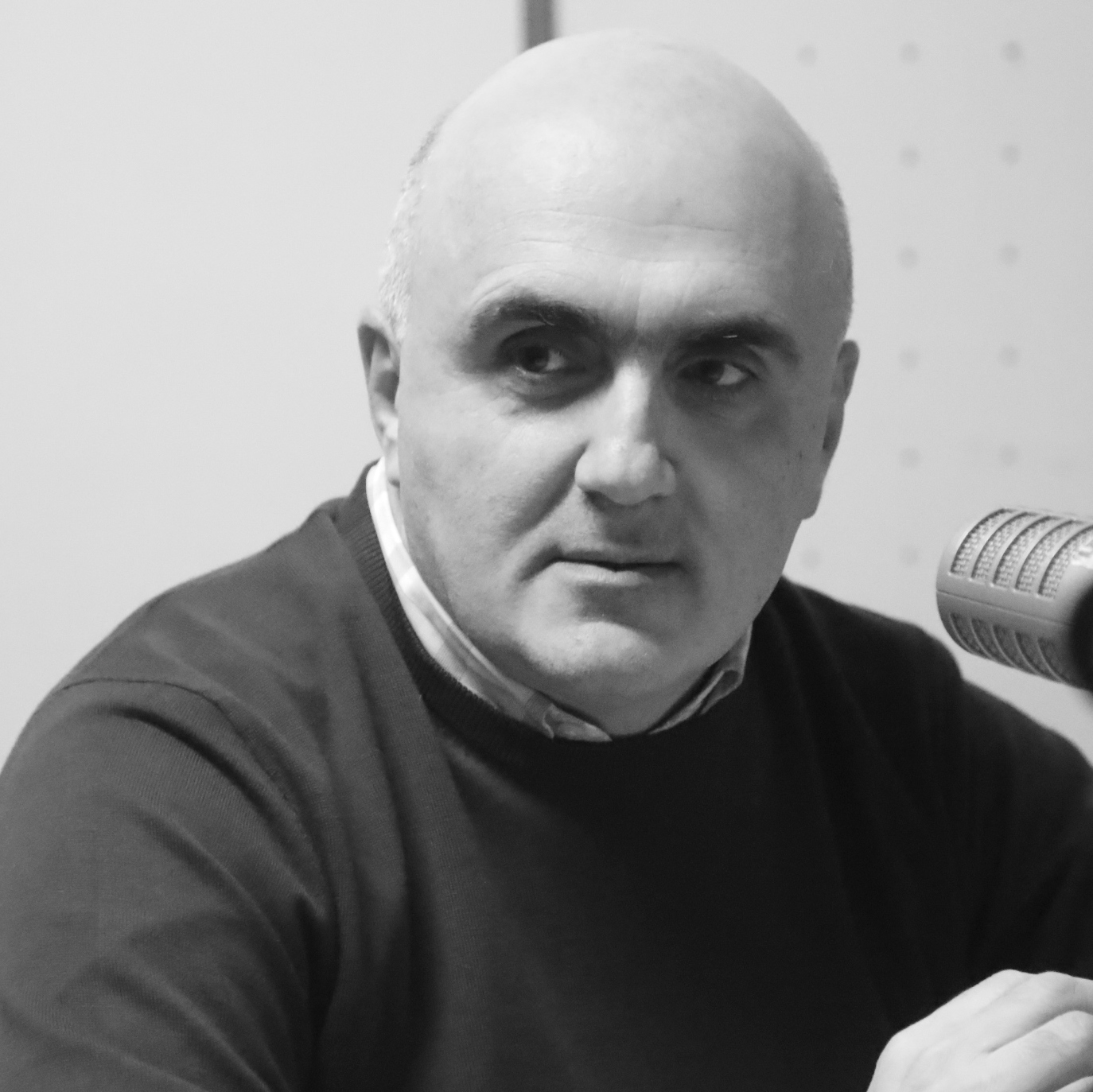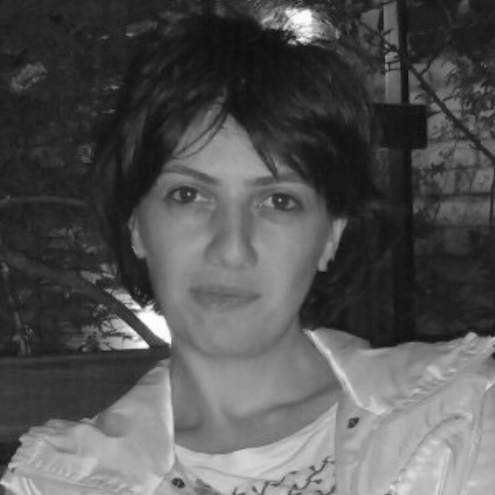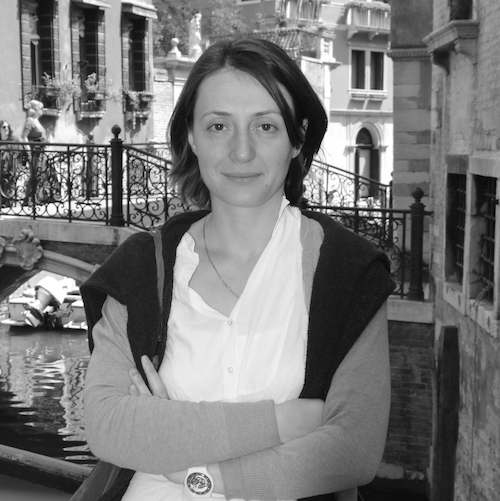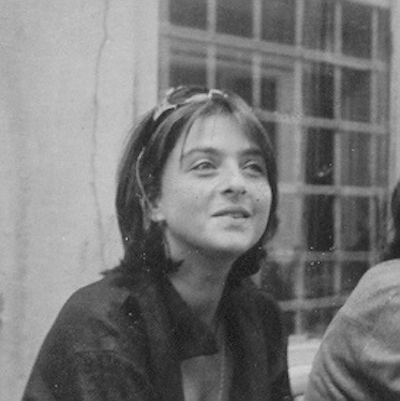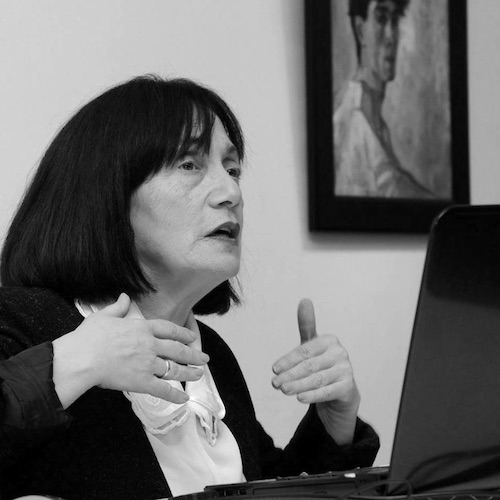Professor David Lordkipanidze (დავით ლორდქიფანიძე) is the first General Director of The Georgian National Museum, an organization that unifies major museums and research institutions of the country. Since 2015, under his leadership the Museum has gradually been transforming from a Soviet-type institution into a vibrant space for culture, education and science. Eight Museums have already been renovated, and two of them – The Svaneti Museum of History and Ethnography and The Bolnisi Museum – were nominated for the European Museum of the Year Award (EMYA) in 2016 and in 2022 respectively.
Professor Lordkipanidze’s professional activities are linked to Dmanisi, the world renowned archaeological site. He has authored over 120 scientific articles that were published in widely respected and well-known scientific journals such as Nature, Science Magazine, Proceedings of the National Academy of Sciences of the USA, and The Journal of Human Evolution among others.
Prof. Lordkipanidze has received numerous awards and memberships for his groundbreaking discoveries and leadership, among which it is worth mentioning that he is a Member of the Georgian National Academy of Sciences; Member of the Academy of Europe (Academia Europaea); and Foreign Associate Member of the US National Academy of Sciences.

